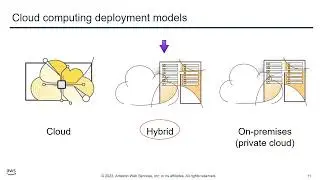Master Extended ACL Configuration: Block HTTP, FTP, DNS & ICMP Services || Keep Learning || DCN Lab
Practice Topology
You can download the practice topology from the following link:
🔗 Practice Topology: https://drive.google.com/drive/folder...
Welcome to our hands-on tutorial on Extended ACL Configuration in Networking! 🎥✨
In this video, we demonstrate how to set up and configure an Extended Access Control List (ACL) to secure a network with 3 routers and 3 switches. We’ll walk you through step-by-step how to block specific services and protocols, ensuring your network stays secure.
What You’ll Learn:
✅ How to block HTTP (port 80), FTP (ports 20-21), and DNS (port 53) traffic.
✅ How to block ICMP to restrict ping requests and other ICMP-based communication.
✅ Best practices for applying extended ACLs in a multi-router environment.
✅ Real-time configuration and testing in a simulated lab environment.
Network Topology Overview:
📌 Devices:
• 3 Routers
• 3 Switches
📌 Scenario:
• Apply ACLs to control traffic flow between devices.
• Securely block unwanted protocols and services.
Commands Used in This Tutorial:
🚀 Configure extended ACL rules.
🚀 Apply ACLs to specific interfaces in the correct direction.
🚀 Verify ACL functionality using ping and service tests.
By the end of this video, you’ll have a clear understanding of how to use extended ACLs to enhance network security.
Don’t Forget to Subscribe!
If you find this video helpful, please give it a thumbs up 👍 and hit the Subscribe button for more networking tutorials. Leave a comment below with your thoughts or any questions!
#ExtendedACL #NetworkingTutorial #CiscoACL #NetworkSecurity #NetworkingPractice




![Real Big Boss [Alchemist] Hard Carry Machine Farming Max Slow Build Enemy Can't Run Dota2 7.34b](https://images.videosashka.com/watch/zmSK_4zB_d8)














